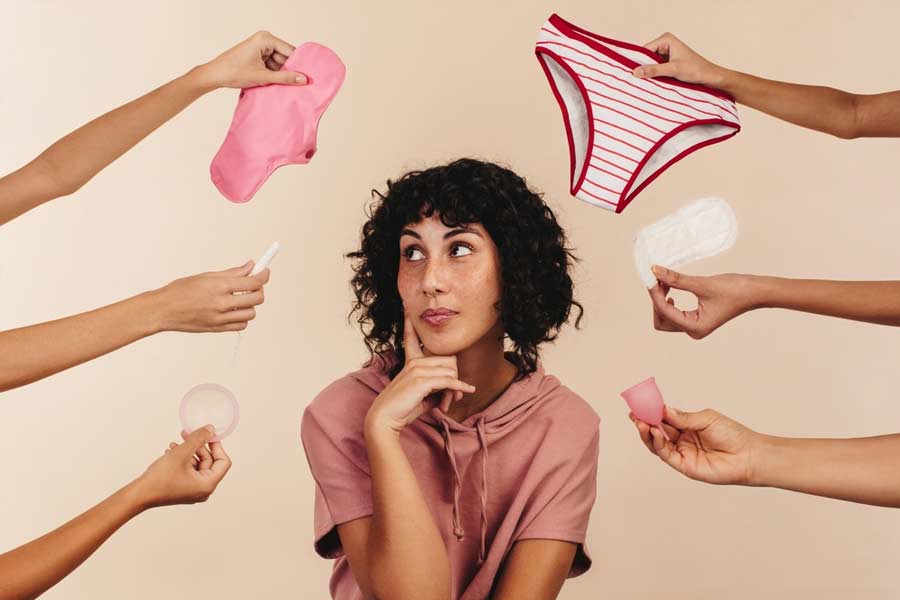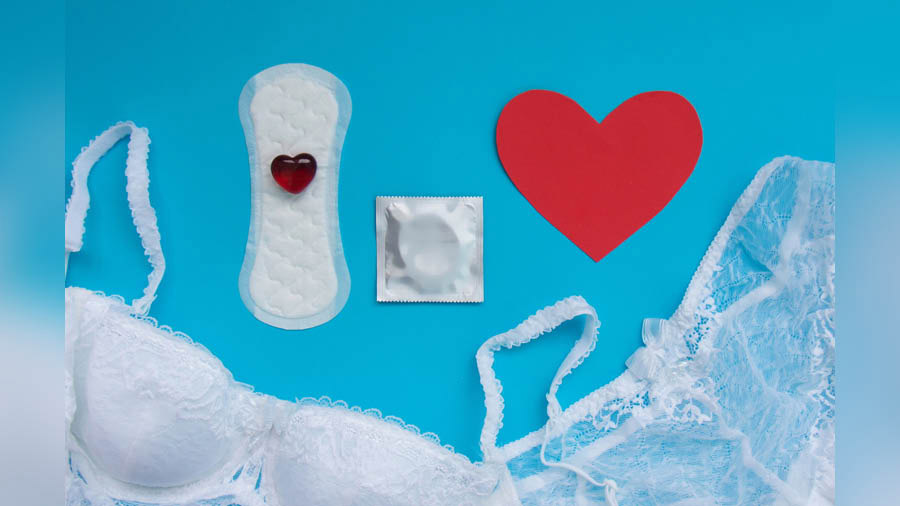I have been using menstrual pads that I buy from the supermarket but I have been getting a sore feeling on the skin down there every time I wear them. This never happened earlier, but now every time I get my period, I get irritation down there and my skin feels sensitive. Is there any solution to this? Are there any other products I can try out?
— Sensitive Skin Sarita
Dear Sensitive Skin Sarita,
You’re absolutely right in complaining about the pain and irritation from pads that are bothering you. The plasticky materials used in many disposable pads don’t always suit people, especially in high heat and humidity, or if one has to wear pads for long periods of time and move around in ways that can cause friction against the pads.
Note: if you are actively in pain, have blisters, rashes, burning sensations due to your pad use, please see a doctor to help get relief as soon as possible. Meanwhile, I am sharing some general tips on how to reduce the risk of rashes below.
Change is good — for pads
Pads tend to cause the most trouble when they are worn longer than intended. Most disposable menstrual pads or “sanitary napkins” are designed for 6-8 hours of wear. Changing the pad within this time period is a must, whether or not there is enough blood to get maximum usage out of the pad.
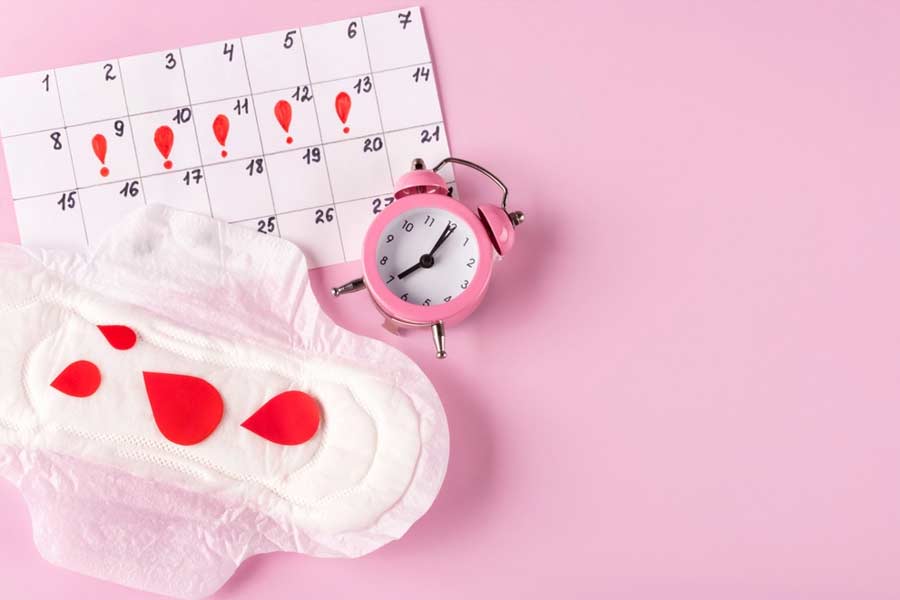
Changing the pad within a time period of 6-8 hours or sometimes even earlier is a must Shutterstock
Over time, the stickiness of the pad to the underwear reduces and makes the pad more likely to move and rub against your vulva and thighs in a way that can cause irritation due to friction. Well-fitted underwear can also help reduce unwanted rubbing. This could also mean changing your pad earlier than 6-8 hours if you’ve had an especially active day with walking, sports, movement or household activities.
If you’re having a heavy flow day and the top layer of your pad always feels wet, you may need to switch to a larger or more absorbent pad or change it more frequently through the day. Some folks find it useful to purchase a few different pad sizes for different parts of their flow — maxi pads for heavy flow days, smaller sizes for regular days and panty-liners for the tail end when they’re spotting.
Gentle does it – gentle materials for gentle skin
If you feel you have sensitive skin in general, you may also want to explore pads that are specifically designed for sensitive skin. Pads that are “cottony” and made of more natural or organic materials tend to suit some people better than their plasticky counterparts.
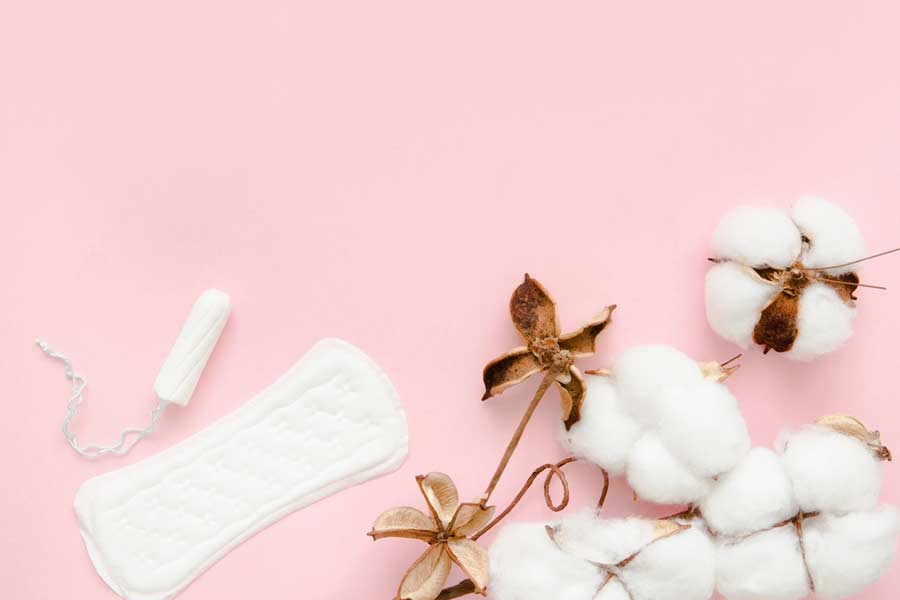
Pads that are “cottony” and made of more natural or organic materials tend to suit some people better
My personal favourite is Carmesi’s Sensitive Skin line. These pads are super thin, absorbent and offer so much coverage that I’ve almost never had a mishap in all my years using them! Similarly, Stayfree makes a low-cost “cottony” line which is dramatically softer than their usual pad line. A few brands like Saathi are also experimenting with banana and bamboo fibres as more natural raw materials for pads.
Return to the “good old days” with washable pads and underwear
When I first used cloth pads, my mother was shocked and amused. She said we used cloth pads “back in the day” and it was considered a more primitive form of menstruation management. Indeed, there are still many women in India, particularly those who can’t afford store-bought pads, who use bits of cloth. Cloth pads, for me, came as a saviour during a time when I was feeling quite fed up with the feel of disposable pads.
To make it easier to use cloth-based solutions, brands like EcoFemme have made reusable cloth pads that can be easily washed with soap and water at home and reused for years on years (making them an eco-friendly option too!). It is a bit of a learning curve to become comfy with seeing your own blood; over time, the process of cleaning my cloth pads has helped me realise period blood is not as “gross” as I once thought it to be.
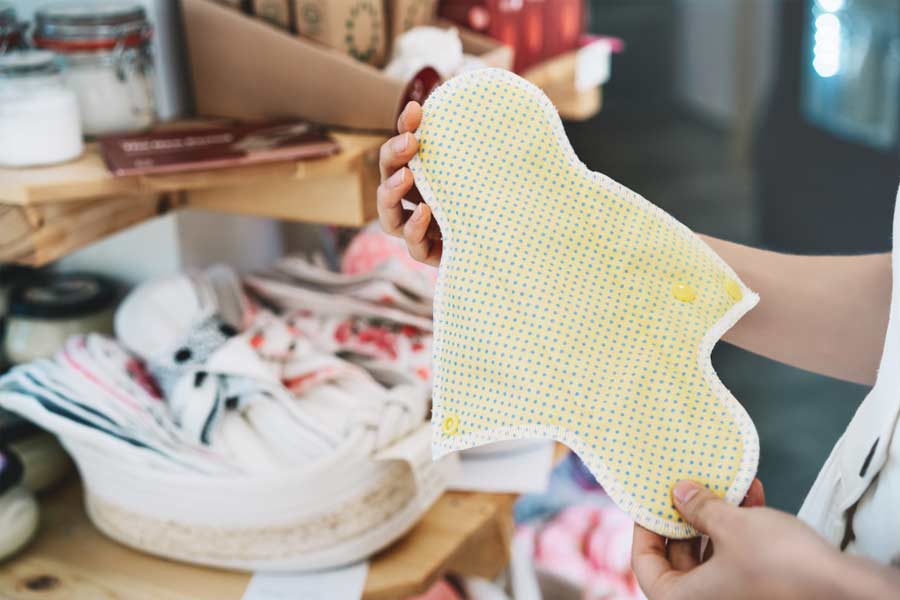
‘Over time, the process of cleaning my cloth pads has helped me realise period blood is not as “gross” as I once thought it to be’ Shutterstock
The only con of these methods is that if you don’t have a space you can openly air-dry your pads, they can take a long time to fully dry out after washing, which may mean you need to get enough pads to last you your cycle rather than reuse one many times within a week. When I’m extra busy or if the weather is too dark and wet for quick drying, I use my cloth pads in combination with disposable pads.
Period underwear, while still new in India, is also gaining popularity quickly. Soqo, for instance, makes a bamboo-fibre based reusable high-flow period underwear that absorbs enough liquid for 2 pads or 6 tampons.
Get in there: internal products may help you avoid that itch
In case you are fed up with all forms of pads, period underwear, and just want to give the skin on your vulva and thighs a break, I would strongly recommend checking out products that can be inserted into the vaginal canal to collect blood directly in there before it leaves. The three we’ll cover here today are tampons, menstrual cups and discs.
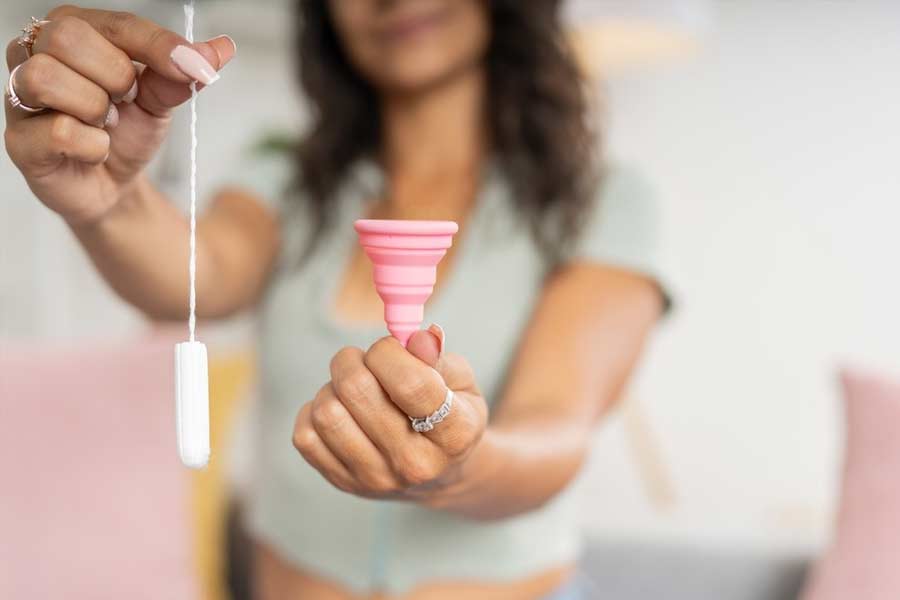
In case you are fed up with all forms of pads, period underwear, check out products that can be inserted into the vaginal canal Shutterstock
Tampons are small cotton cylinders that you insert down there which expand inside the vagina as they absorb blood. Tampons which come with applicators are a bit easier to insert.They have a little string that hangs outside which you can use to pull out the tampon when you’re done in 8 hours or so. Carmesi and Sirona make tampons
Menstrual cups are a small silicone cup which you fold into a compressed shape and insert into your vagina. As it opens up inside, the little cup forms a suction seal to prevent leakage and collects blood through the day. Using a little stem or loop at the bottom, you can pull it out when you’re done, dump the blood, wash it and put it back in. Sirona, Peesafe and Asan make menstrual cups that are body-safe and affordable. In the same family as the cup, menstrual discs are similarly reusable. A small, flexible silicone disc, these sit in the vagina and collect blood just like a cup. LemmeBe, for instance, makes a menstrual disc. Menstrual cups and discs are both an extremely eco-friendly option because you only need one for your whole cycle and they last years (or a lifetime!).
The most common fear with tampons, cups and discs is pain. All three, when inserted correctly, should not cause any pain or discomfort through the day (you can barely feel they’re there!). However, if you tend to have painful intercourse or an underlying condition like vaginismus, vulvodynia or endometriosis that makes insertion painful, these methods may not be your friend.
If all else fails, or if you have the time and space: free bleed!
Perhaps the most radical option on the list is this one — to free bleed! Popularised by feminists who do it intentionally in public to make a political statement about period product access, “free bleeding” is when a person chooses not to use any period products at all. For instance, Kiran Gandhi is a musician who decided to free bleed through the London Marathon in 2015 to raise awareness about sustainable menstrual products. They literally let the blood flow freely and allow it to be visible and mark whatever comes its way. Whether or not you’re looking to make a political statement, if you are really tired of the irritation of using products and have some privacy and a towel you can lay down and wash up later — why not take a break for a day or even an hour?
Wishing you all the best as you embark on the journey of finding your perfect period products, I hope you’re able to make it through the next one with a little bit more gentleness and comfort!
